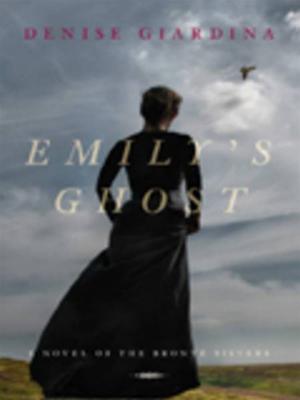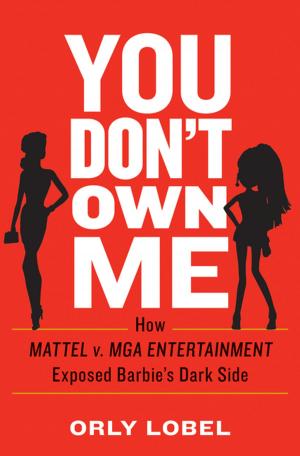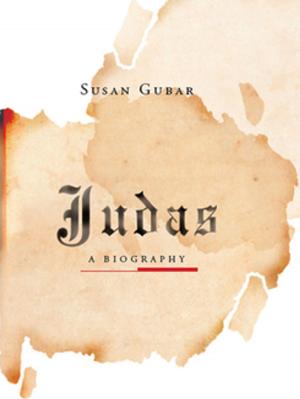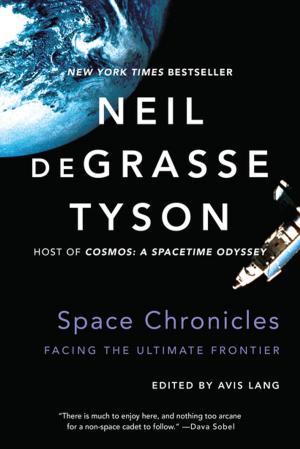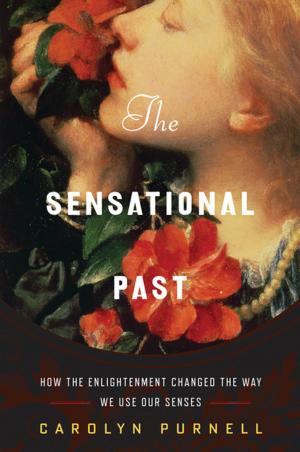| Author: | B. H. Fairchild | ISBN: | 9780393243987 |
| Publisher: | W. W. Norton & Company | Publication: | July 21, 2014 |
| Imprint: | W. W. Norton & Company | Language: | English |
| Author: | B. H. Fairchild |
| ISBN: | 9780393243987 |
| Publisher: | W. W. Norton & Company |
| Publication: | July 21, 2014 |
| Imprint: | W. W. Norton & Company |
| Language: | English |
“[B. H. Fairchild] is the American voice at its best: confident and conflicted, celebratory and melancholic.”—New York Times
Gathering works from five of B. H. Fairchild's previous volumes stretching over thirty years, and adding twenty-six brilliant new poems, The Blue Buick showcases the career of a poet who represents "the American voice at its best: confident and conflicted, celebratory and melancholic" (New York Times).
Fairchild's poetry covers a wide range, both geographically and intellectually, though it finds its center in the rural Midwest: in oilfields and dying small towns, in taverns, baseball fields, one-screen movie theaters, and skies "vast, mysterious, and bored." Ultimately, its cultural scope—where Mozart stands beside Patsy Cline, with Grunewald, Gödel, and Rothko only a subway ride from the Hollywood films of the 1950s—transcends region and decade to explore the relationship of memory to the imagination and the mysteries of time and being. And finally there is the character of Roy Eldridge Garcia, a machinist/poet/philosopher who sees in the landscape and silence of the high plains the held breath of the earth, "as if we haven't quite begun to exist. That coming into being still going on."
From the machine work elevated to high art that is the subject of The Arrival of the Future (1985) to the despairing dreamers of Early Occult Memory Systems of the Lower Midwest (2002) to the panoramic, voice-driven structure of Usher (2009), Fairchild's work, "meaty, maximalist, driven by narrative, stakes out an American mythos" (David Ulin, Los Angeles Times).
From "The Blue Buick:"
A boy standing on a rig deck looks across the plains.
A woman walks from a trailer to watch the setting sun.
A man stands beside a lathe, lighting a cigar.
Imagined or remembered, a girl in Normandy
Sings across a sea, that something may remain.
“[B. H. Fairchild] is the American voice at its best: confident and conflicted, celebratory and melancholic.”—New York Times
Gathering works from five of B. H. Fairchild's previous volumes stretching over thirty years, and adding twenty-six brilliant new poems, The Blue Buick showcases the career of a poet who represents "the American voice at its best: confident and conflicted, celebratory and melancholic" (New York Times).
Fairchild's poetry covers a wide range, both geographically and intellectually, though it finds its center in the rural Midwest: in oilfields and dying small towns, in taverns, baseball fields, one-screen movie theaters, and skies "vast, mysterious, and bored." Ultimately, its cultural scope—where Mozart stands beside Patsy Cline, with Grunewald, Gödel, and Rothko only a subway ride from the Hollywood films of the 1950s—transcends region and decade to explore the relationship of memory to the imagination and the mysteries of time and being. And finally there is the character of Roy Eldridge Garcia, a machinist/poet/philosopher who sees in the landscape and silence of the high plains the held breath of the earth, "as if we haven't quite begun to exist. That coming into being still going on."
From the machine work elevated to high art that is the subject of The Arrival of the Future (1985) to the despairing dreamers of Early Occult Memory Systems of the Lower Midwest (2002) to the panoramic, voice-driven structure of Usher (2009), Fairchild's work, "meaty, maximalist, driven by narrative, stakes out an American mythos" (David Ulin, Los Angeles Times).
From "The Blue Buick:"
A boy standing on a rig deck looks across the plains.
A woman walks from a trailer to watch the setting sun.
A man stands beside a lathe, lighting a cigar.
Imagined or remembered, a girl in Normandy
Sings across a sea, that something may remain.



